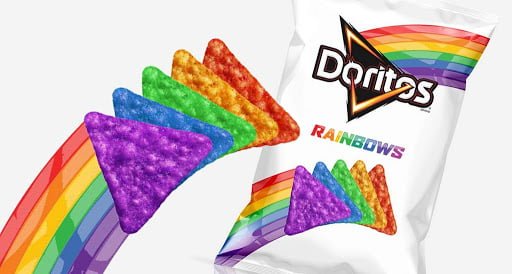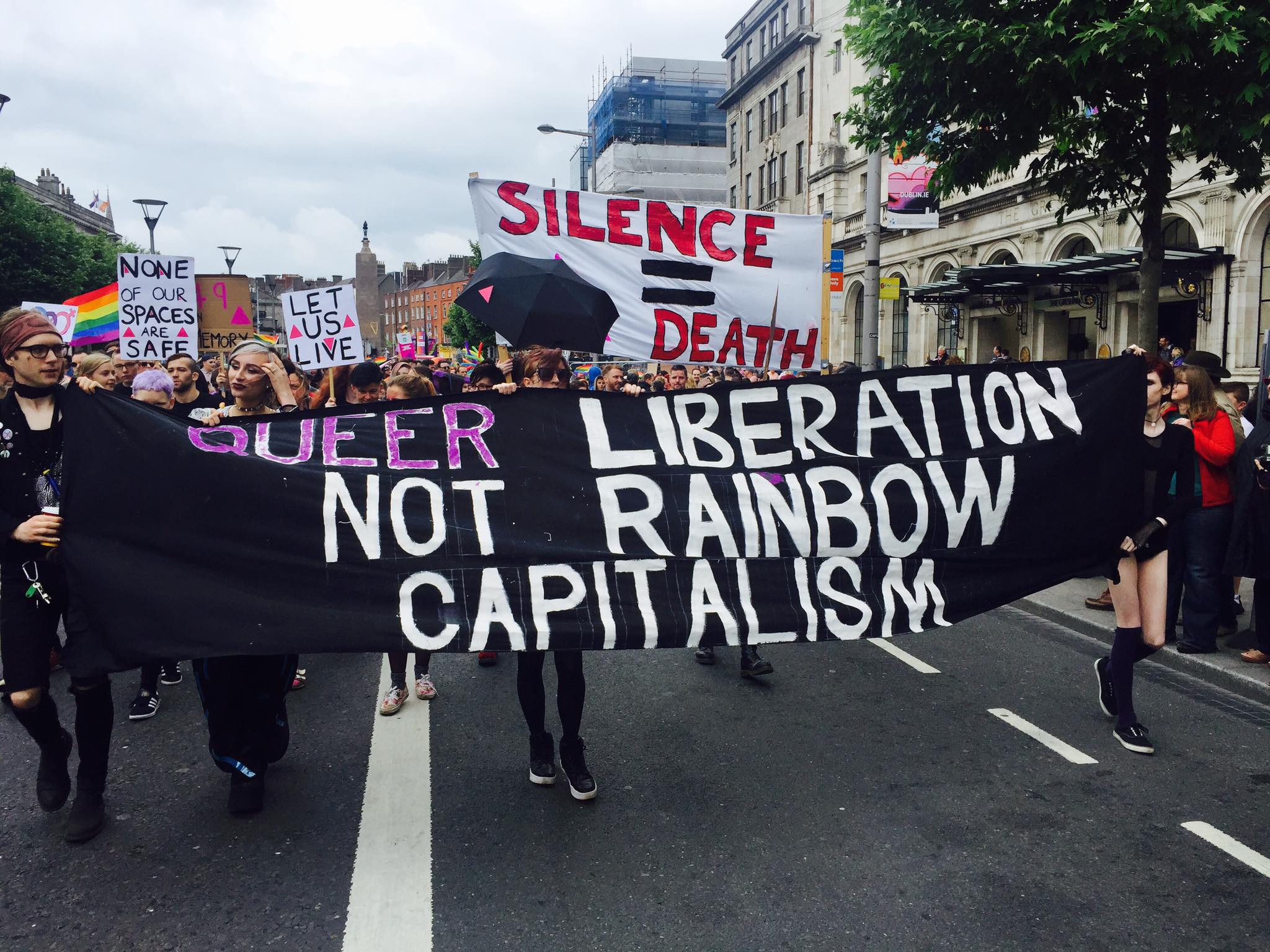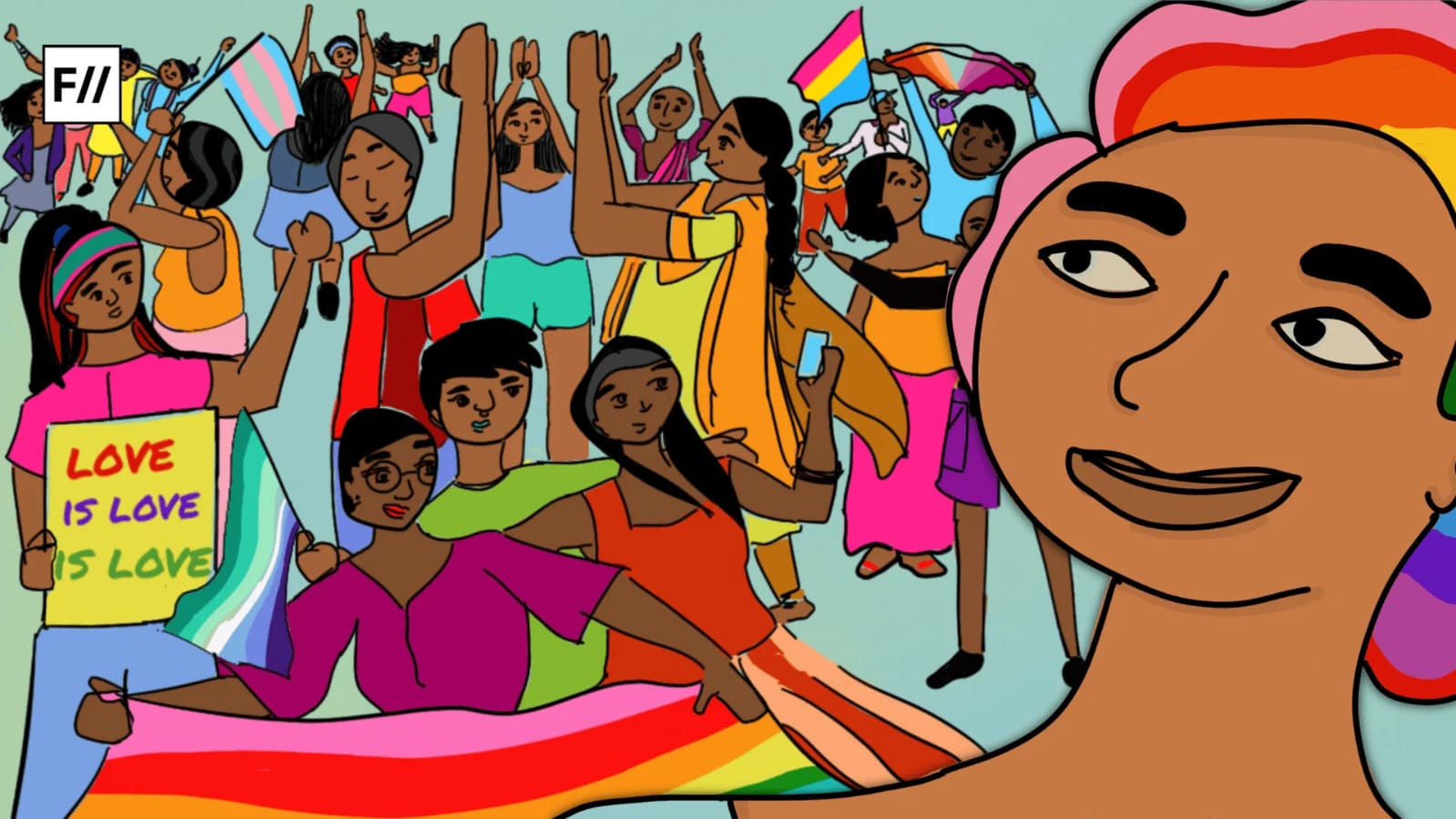There has been a shift from mundane product-driven to more socially responsible ads, which often convey a message for a cause in advertising. The concept of social responsibility posits that businesses should also be good citizens, balancing profit-based operations with activities that benefit society. This marketing and advertising typically involve attracting consumers who want to make a positive difference with their purchases and believe that the particular brand is socially aware. This philanthropic type of business tool has been an effective practice.

Forrester Research’s report found that almost 52% of American consumers factor values into their purchasing choices. Nielsen’s global report surveyed 30,000 consumers in 60 countries also found that 66% of consumers are willing to pay more for a product from a brand that demonstrates social commitment.
Some examples which show how socially responsible marketing work include, recyclable packaging, promotions that spread awareness for societal issues and problems and directing a portion of their profits towards a charitable group or relief cause. Recently there has been much focus on queer rights. With landmark judgements like the abrogation of article 377, decriminalising homosexuality, many brands have come out in support of the LGBTQIA+ community and have included it in their advertisements.
Also read: Dear Indian Brands, Pinkwashing Does Not Equal To Allyship
Fastrack – The Closet
One of the first advertisements to show a lesbian couple, this ad by Fastrack, shows a moving pink closet. The doors open to reveal two women are coming out of the closet, adjusting their clothes and hair. The commercial ends with the message “Come out of the closet”, and the company tagline, “Move On.” The two women are dressed opposite each other; one is dressed in frills and pink while the other dons a black attire. While the ad is seemingly trying to show its support for the queer community and was at least one of the few brands to make an advertisement with a same-sex couple. It still seems to ascribe them traditional gender roles. One is depicted as “feminine,” with her pink dress and makeup, and the other as “masculine,” with a black leather jacket and heavy eyeliner, with no other makeup.
Furthermore, this ad uses metonymy as a tool. According to Berger, metonymy is when information is communicated by association. As we grow up, we internalise the culture codes around us, through which we create associations. In this case, normative idea dictates that there is always masculine and feminine in any relationship. We learn to associate colours and clothing with a particular gender. For example, the bright pink closet already suggests to the audience that there will be a female presence. Similarly, the contrasting clothes of the two women manipulate the audience to think in terms of gender binaries.
OkCupid – #LoveAtFirstPride
An app-based dating site, OkCupid, launched this campaign in the middle of pride month, celebrating freedom for all gender identities. The ad shows three individuals from the queer community who answer questions like ‘How much would you reveal about yourself on a first date? and ‘What are your views on moving on with your partner?’ The campaign aimed to spread the message of equal representation of different sexual orientations. At the end of the video, the tagline reads, “Questions are Loud, Answers are Proud.” This advertisement was released after the abrogation of Article 377 and aimed to highlight the dating life of the queer community, trying to normalise love and relationships beyond the binary genders.
Vicks – Touch of Care
In an attempt to normalise motherhood for trans women, Vicks initiated a conversation about how motherhood goes beyond biological ties. The ad was made with transgender activist Gauri Sawant, who runs an NGO called Sakhi Char Chowghi. The video was about a real-life story of her bringing up a girl. The commercial shows how a girl called Gayatri loses her mother at a young age. She is then sent to an orphanage and later adopted.
There is a dichotomy between growing queer visibility and acceptance made possible by different companies, including them in their marketing approach and capitalising queer identities with a pink hue.
For most of the ad, the mother’s identity is kept hidden, as Gayatri describes how her mother loves and cares for her. In the end, as her foster mother is revealed to be Gauri Savant, Gayatri’s voice over says how she wants to become a lawyer so that she can fight for equal human rights and build an equal environment for her foster mother. This advertisement was a step towards the right direction in breaking conventional ideas of what it means to be a family. Although motherhood was portrayed in a very traditional manner, it attempted to break the stereotype that members of the transgender community steal children and incapable of having a family.
Also read: The Horrifying Reality Of The Pink Tax: Why Does it Cost More to Be a Woman?
Beyond Advertising
While it is important to look at such commercials’ content, it is also essential to hold the brands accountable. Pink capitalism, also known as rainbow capitalism, is the LGBTQ+ movement’s appropriation by capitalism and the market economy. Products that are marketed are “pinkwashed” to appear queer-friendly to showcase the companies’ progressiveness and tolerance. There is a dichotomy between growing queer visibility and acceptance made possible by different companies, including them in their marketing approach and capitalising queer identities with a pink hue. For example, one is encouraged to buy rainbow-branded merchandise to express their identity.
However, capitalism is an inherently oppressive and exploitative system, and pink capitalism is no different. Many companies may create ads on queer people’s, but their company policies and environement still favour the binary. Furthermore, public support usually happens during pride months and disappears afterwards. In the end, such brands fail to invest their time and money into understanding and fighting the oppression faced by the queer community.
For example, if one visits the Fastrack website, one finds that the watches are categorised as “guys” and “girls.” Under the description of men’s watches, it is written, “Men have been the founder of watches more than any other accessory out there.” “Branded watches not just attract Men, but they are ready to invest heavily in this accessory.” “A watch just adds up to the charm of your manhood.” Under girls, it is written, “Women are a step ahead than Men in styling & watches are their favourite accessory too.” “Women these days prefer having a collection of watches for almost every occasion.” While their advertisement tries to break traditional ideas, their website and products do not reflect that. Moreover, their company values do not have the word “inclusivity” anywhere.
Additionally, OkCupid had been under fire for not allowing multiple gender identities on its app. After facing significant backlash, it modified its options to include more identities, and currently, there are 13 in total, including an “others” option to allow the user to identify themselves. OkCupid has relatively been more vocal in supporting queer causes compared to other dating websites. However, safety becomes an issue. Dating apps are seldom known for being safe and often become a site for harassment. Any action that can be taken after the harassment has occurred and it is not usually enough to protect its users.
The motto for Vicks has always been caring. This concept has always been depicted as motherly care, and the company’s advertisements have predominantly depicted a family consisting of a husband, wife and child. More often than not, the mother applies the balm to the child and husband, thus ‘caring’ for them. Very few ads depict the husband adopting the caregiver role, and apart from this particular campaign, there are no other queer-inclusive advertisements.
Undeniably, there is immense symbolic power in having experiences and representation of marginalised identities highlighted on posters and screens. Nevertheless, this significance is short-lived if it is not accompanied by companies’ genuine commitment to introduce affirmative policies for queer people and fight for equality. There need to be appropriate measures to ensure that queer identities are not harassed or discriminated against in the workplace, there is a proper representation of queer community members in decision making positions and improve the pay, contracts, and rights of the most precarious and exploited workers, many of whom, as LGBTQIA+ rights statistics suggest, are queer, trans and/or people of colour.
Also read: A Transactional, Pinkified Mother’s Day!
Caste-Capitalism and Queerness
It is important to note that capitalism favours those with power and privilege resides with India’s upper-caste community. Therefore, while trying to understand caste, queerness and capitalism as a combined entity, we realise that both caste and capitalism combine to perpetuate an oppressive and hierarchical force that can manifest everywhere, including the queer movement.
Nowhere have these ads discussed caste and neither do company policies take any action to fight against caste and benefit from it.
Nowhere have these ads discussed caste and neither do company policies take any action to fight against caste and benefit from it. There has been a visible absence of inclusivity of caste in queer spaces. Both identities of caste and sexuality are discriminated against. Consequently, it would become necessary that upper caste queer people acknowledge their privilege in the caste hierarchy and also question why savarna queer people dominate many queer communities and organisations.
Until such policies are enforced, pink capitalism is nothing but an illusionary idealogy, engaging in performative action during a specific period and is exploiting the queer community and movement. It is important to remember that we cannot consume our way to queer liberation.
Divya is a postgraduate student in Women Studies from TISS, Mumbai. She is interested in the intersectionality of gender such as caste, religion, sexuality, etc. as well as the relationship between feminism, digital media, and internet rights.
Featured Image Source: Wikipedia





Capitalism has gotten millions of people out of poverty and has led to stupendous technological innovation. The more concentrated the wealth = More innovation increases. From the steam engine to the internet all were made by a capitalist system. Scandinavian or German Rhine capitalism is the way to go (Capitalism with less taxes but heavy regulations).